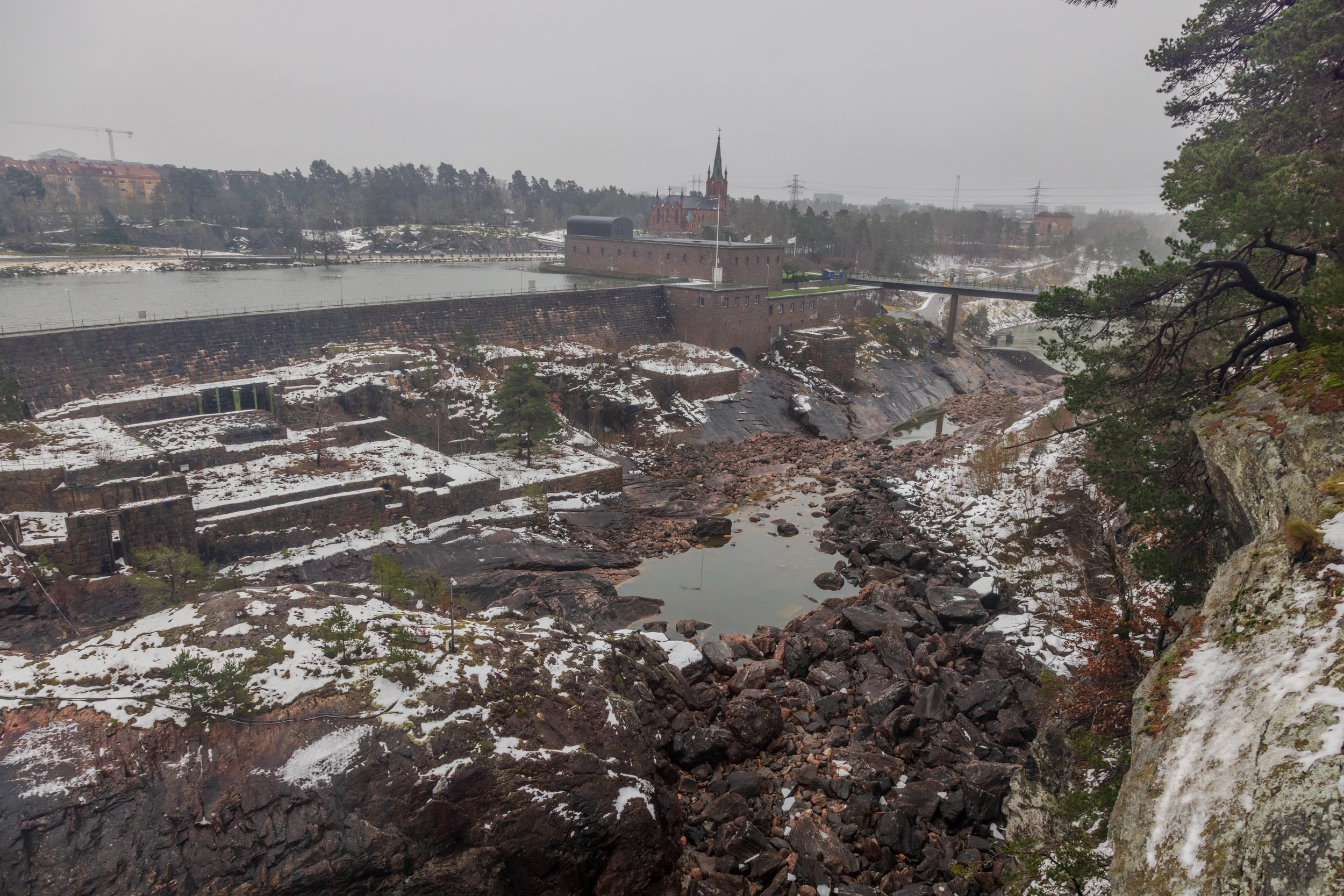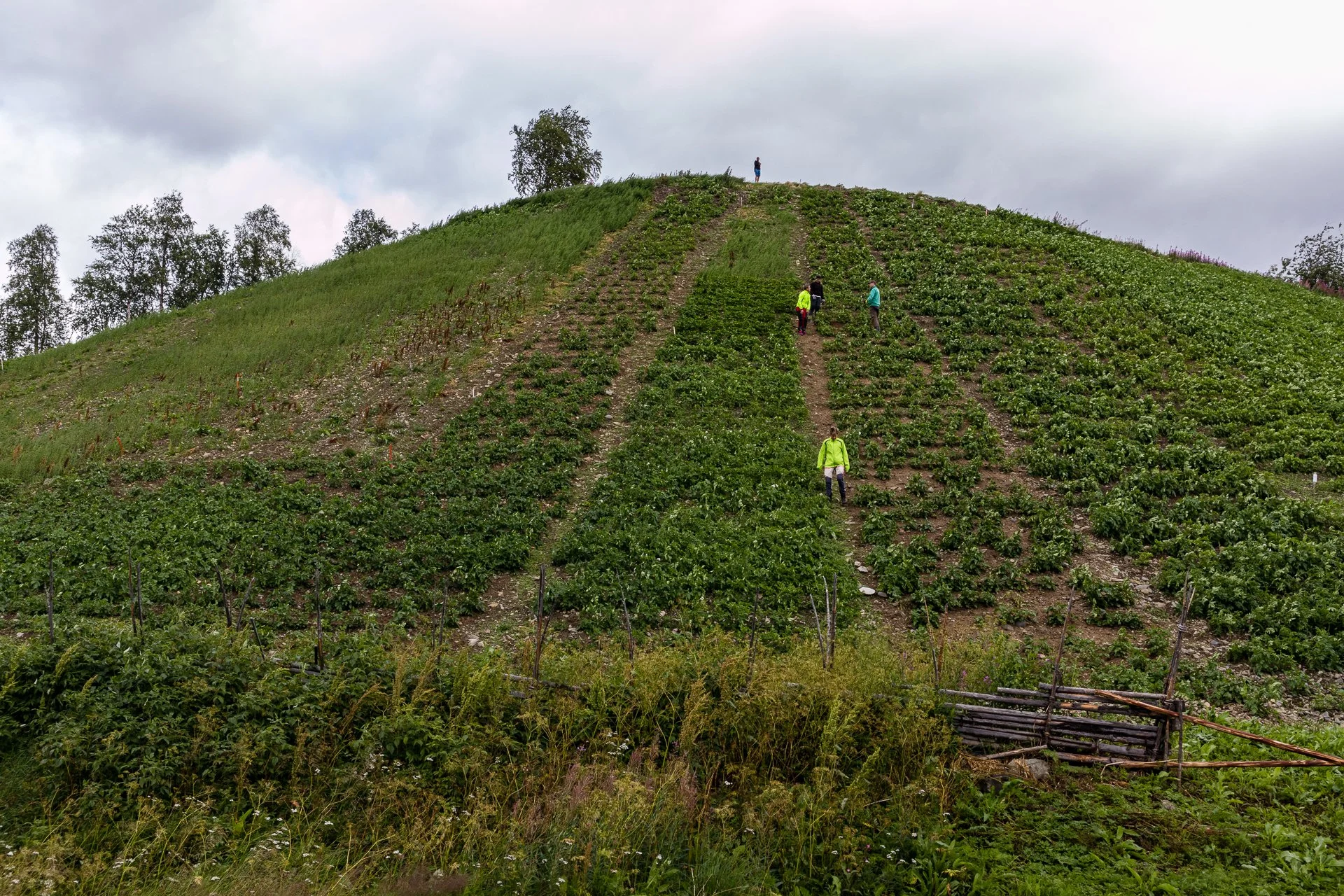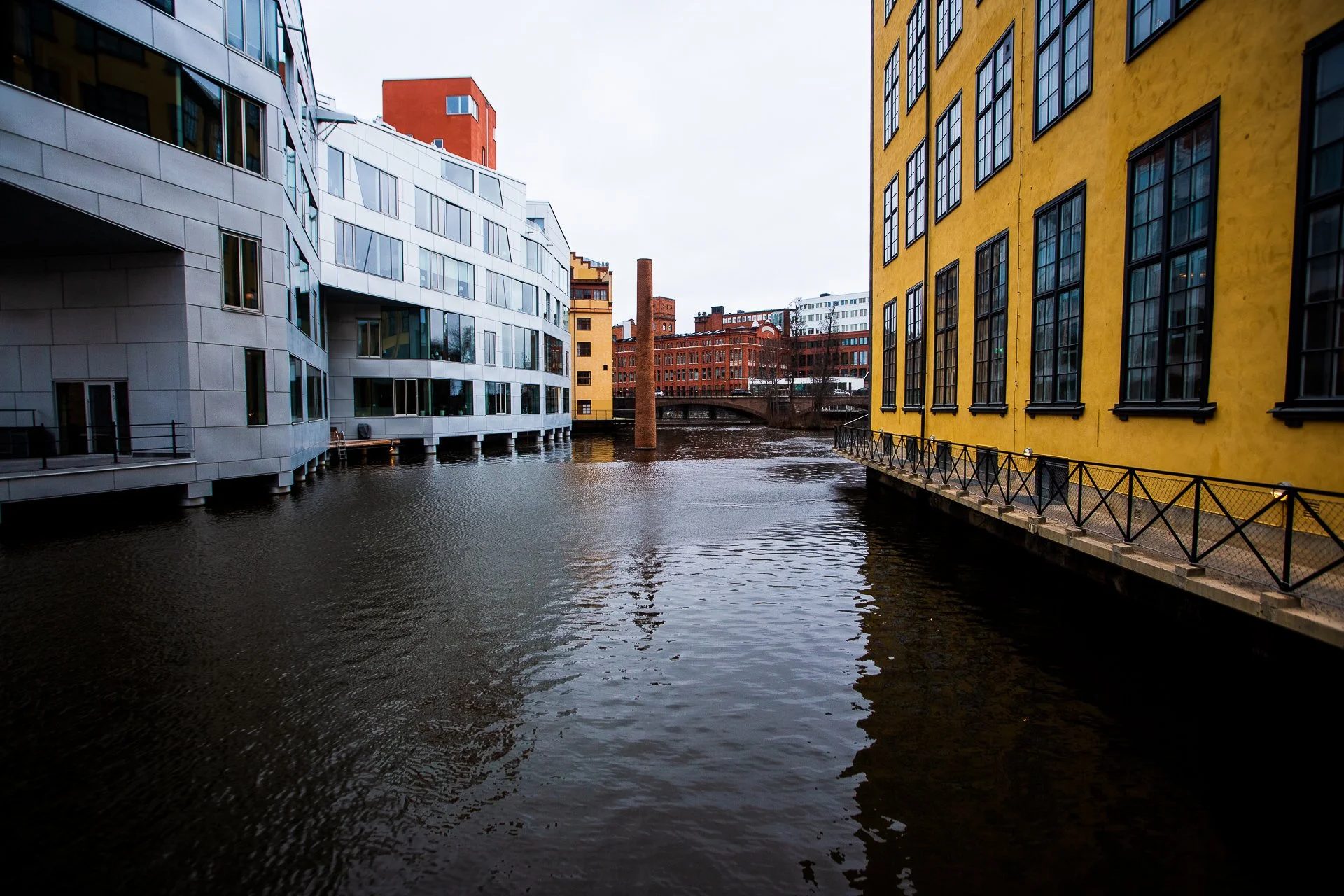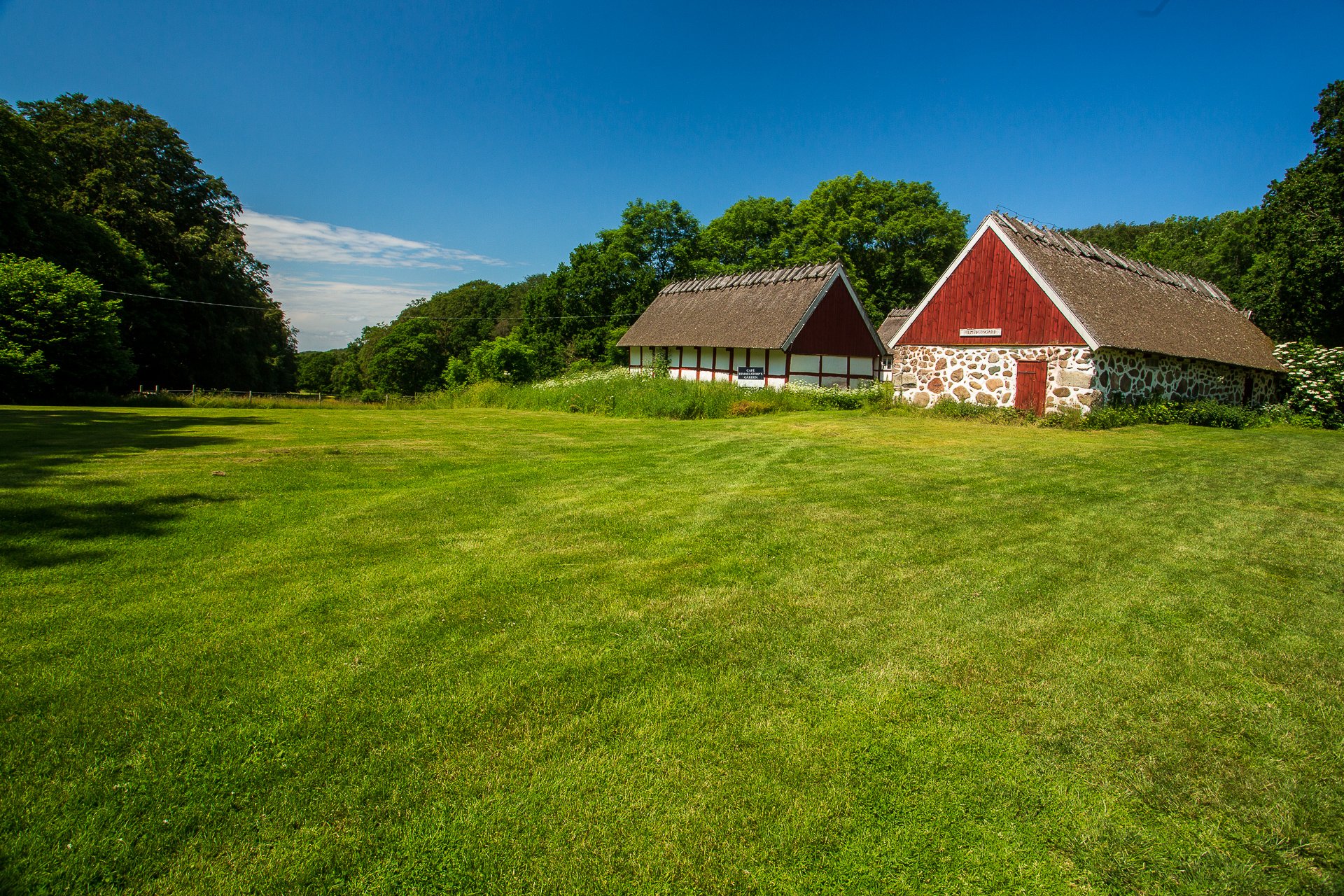
“There’s something I love about how stark the contrast is between January and June in Sweden.”
- Bill Skarsgård
Sweden’s Counties
-

Bleking
Belkinge county is in the south of Sweden and is one of Sweden's best places for summer. The largest city is Karlskrona, home to the last naval base in Sweden as well as castles, museums and restaurants. Off the coast of Blekinge is the archipelago with summer homes, fortresses and Thai food.
-
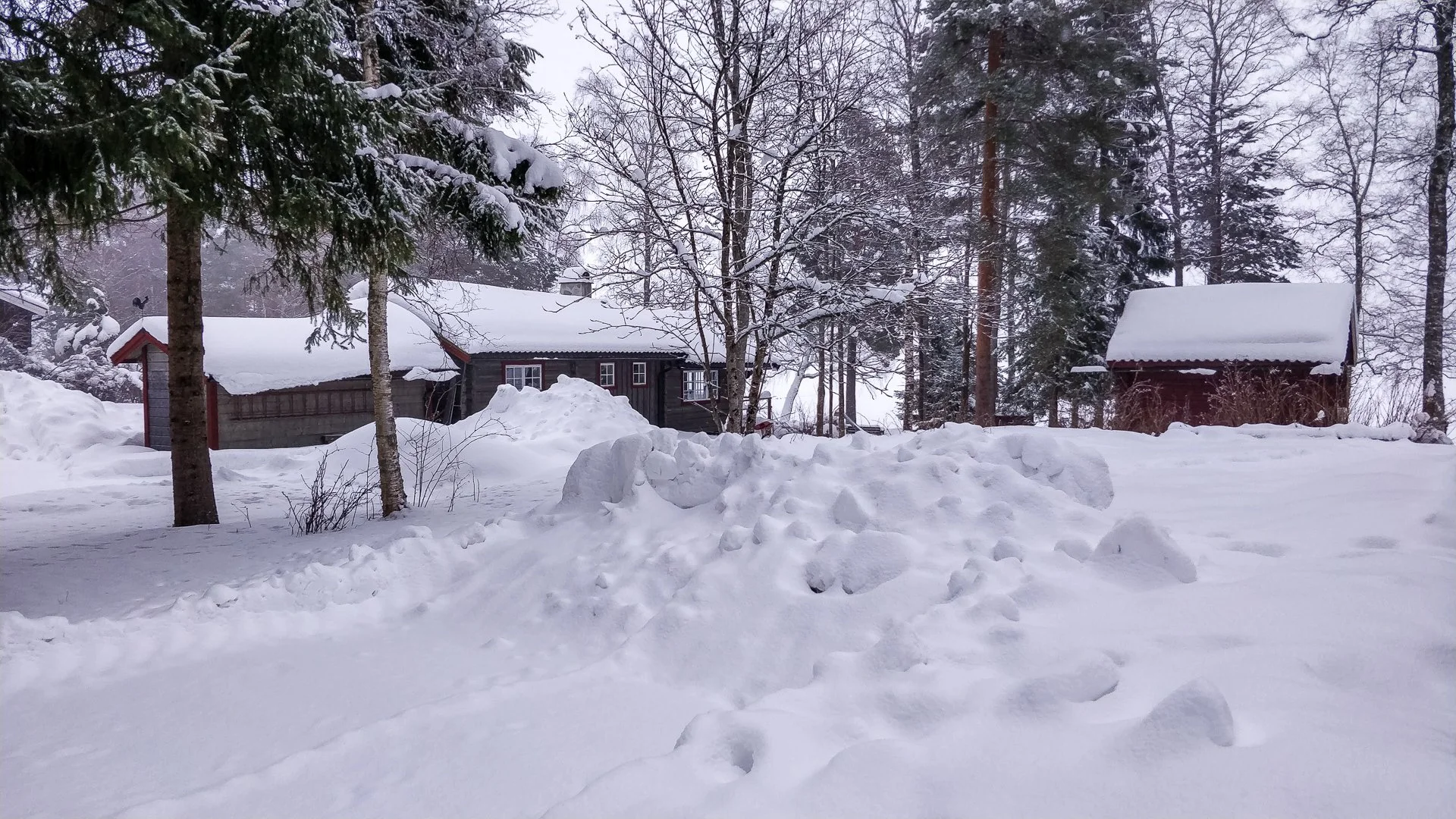
Dalarna
Dalarna is a picturesque region in central Sweden known for its traditional culture, stunning natural landscapes, and outdoor activities such as skiing, hiking, and fishing. The region is home to charming towns and villages, such as Falun and Mora, and is famous for its traditional crafts and cuisine. The Siljan Lake is a popular destination for summer activities, while ski resorts such as Sälen are popular in the winter.
-

Gotland
During the summer Gotland comes alive as vacationing swedes come for their summer holidays on this small island off the coast of Stockholm. During the first week of August, the city is taken over by the Medieval Week, as events, demonstrations and tourists all pack the city, dressed in medieval garb and eating like their ancestors.
-

Gävleborg
Sitting between Uppsala and Umea, Gävle is an old port city. It is the oldest city in historical Norrland, receiving its charter in 1446 from Christopher of Bavaria. With approximately 100,000 residents its one of Sweden's larger cities and is primary known for Gävlebocken, the Gävle Christmas Goat.
-

Halland
Halland is only a short distance away from Gothenburg, on the coast and is most commonly used as a summer destination, with beaches, bathing spots and it is Sweden’s only place for surfing. Despite this, I chose to see how it held up in the winter.Description goes here
-

Jämtland
Jämtland County is a county or län in the middle of Sweden consisting of the provinces of Jämtland and Härjedalen, along with minor parts of Hälsingland and Ångermanland, plus two small uninhabited strips of Lapland and Dalarna.
-
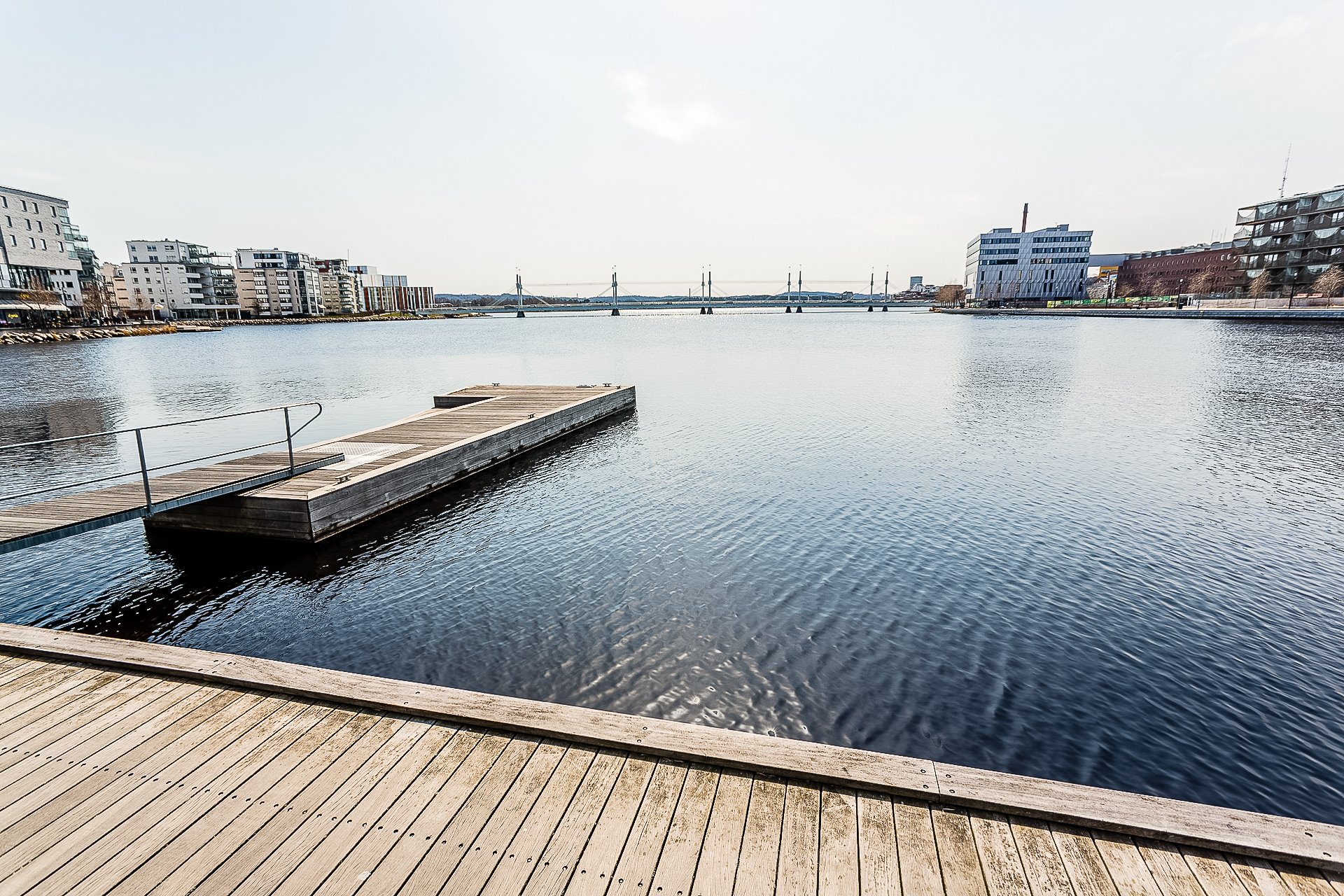
Jönköping
Jönköping County is a county or län in southern Sweden. It borders the counties of Halland, Västra Götaland, Östergötland, Kalmar and Kronoberg. The total county population was 356,291 inhabitants in September 2017.
-

Kalmar
Kalmar gets its name from the word "kalm" a collection of stones, something found in large quantities on both the land and waters around Kalmar. It is first mentioned in writings from the beginning of the 13th century, though archaeological evidence of a city wall, monastery, Church and courthouse from the 12th Century show it was thriving community.
-

Kronberg
Driving through Kronberg County is driving through a microcosm of what Sweden is famous for. On both sides of the road, you regularly pass wide lakes, and you pass through tall forests of evergreen trees. In patches of flat land, farms with Burgundy buildings dot the landscape, with well tilled fields only a few feet from the road. From time to time, rarely this far south, you pass through canyons of tall black granite.
-
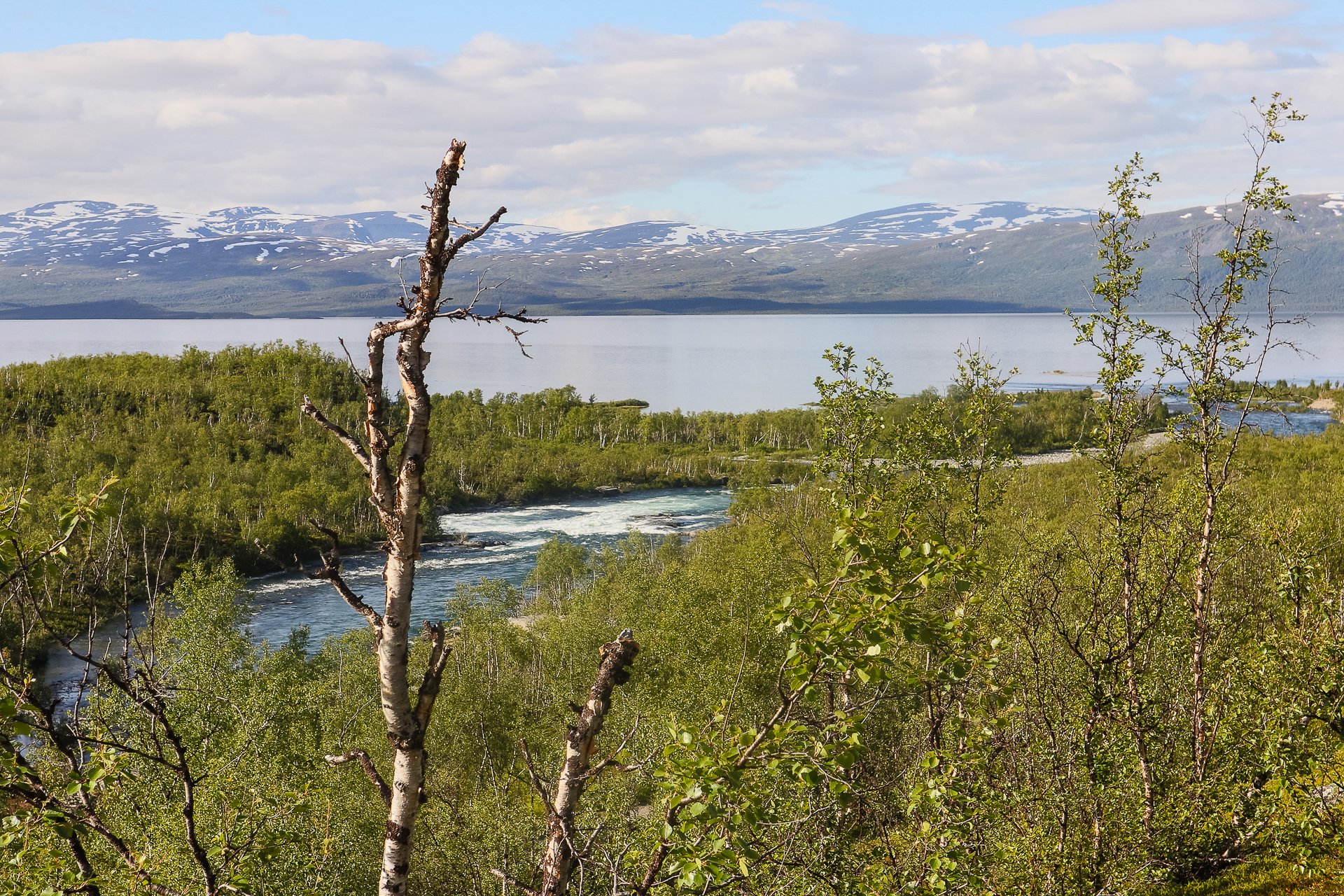
Norrbotten
Norrbotten County is the northernmost county or län of Sweden. The capital is Luleå, and other significant towns include Boden, Kiruna and Piteå. The majority of the population lives in the namesake province, whereas its Lapland part is sparsely populated. In terms of land area, Norrbotten is larger than Austria and Portugal and the island of Ireland.
-

Skåne
Skåne County, sometimes referred to as Scania County in English, is the southernmost county or län, of Sweden, basically corresponding to the traditional province Skåne.
-

Stockholm
Stockholm County is a county or län on the Baltic Sea coast of Sweden. It borders Uppsala County and Södermanland County. It also borders Mälaren and the Baltic Sea. The city of Stockholm is the capital of Sweden. Stockholm County is divided by the historic provinces of Uppland and Södermanland.
-

Södermanland
Södermanland County is a county or län on the southeast coast of Sweden. It is often shortened and pronounced as Sörmlands län, or simply Sörmland, which is the dominant pronunciation locally.
-
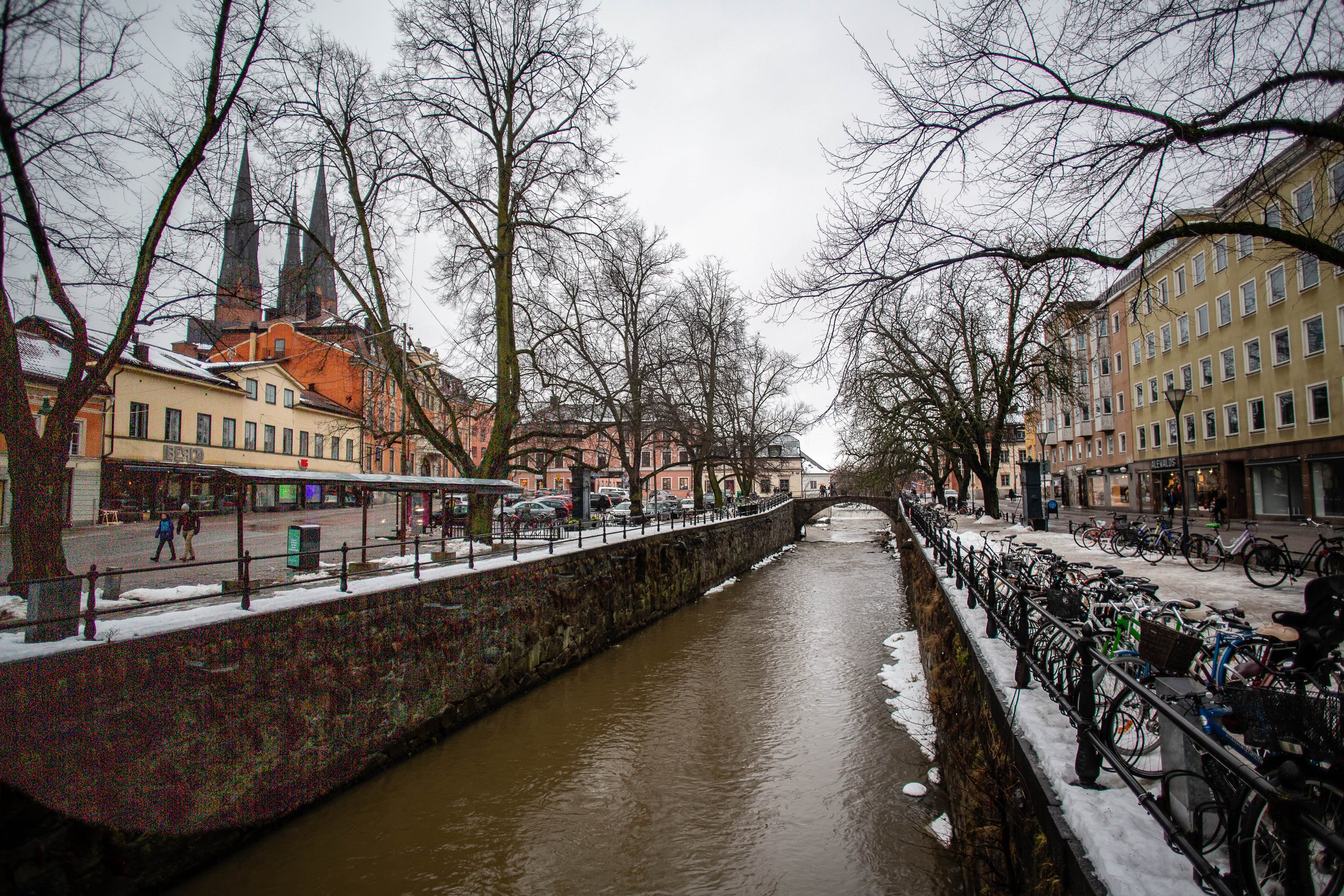
Uppsala
Uppsala County (Swedish: Uppsala län) is a county or län on the eastern coast of Sweden, whose capital is the city of Uppsala. It borders the counties of Dalarna, Stockholm, Södermanland, Västmanland, Gävleborg, and the Baltic Sea.
-

Värmland
Värmland County is a county or län in west central Sweden. It borders the Swedish counties of Dalarna, Örebro and Västra Götaland, as well as the Norwegian counties of Østfold, Akershus and Hedmark to the west.
-

Västerbotten
Västerbotten, or West Bothnia as it's known in English to absolutly no-one, is a captivating province in the north of Sweden. It's a place where the past and present coexist harmoniously. This province, which borders Angermannia, Lapland, North Bothnia, and the Gulf of Bothnia, is a treasure trove of natural beauty and cultural heritage. It's not just the stunning landscapes that will steal your breath away, but also the unique local traditions and the famous Westrobothnian cheese, named after the province.
-

Västernorrland
Hiking the High Coast was a significant change of pace from my other County visits, or from my 2018 12 Cities tour, instead of visiting a city or a couple of towns for the weekend, I packed my camping gear and decided to hike a section of the famous Höga Kusten, the High Coast Trail.
-
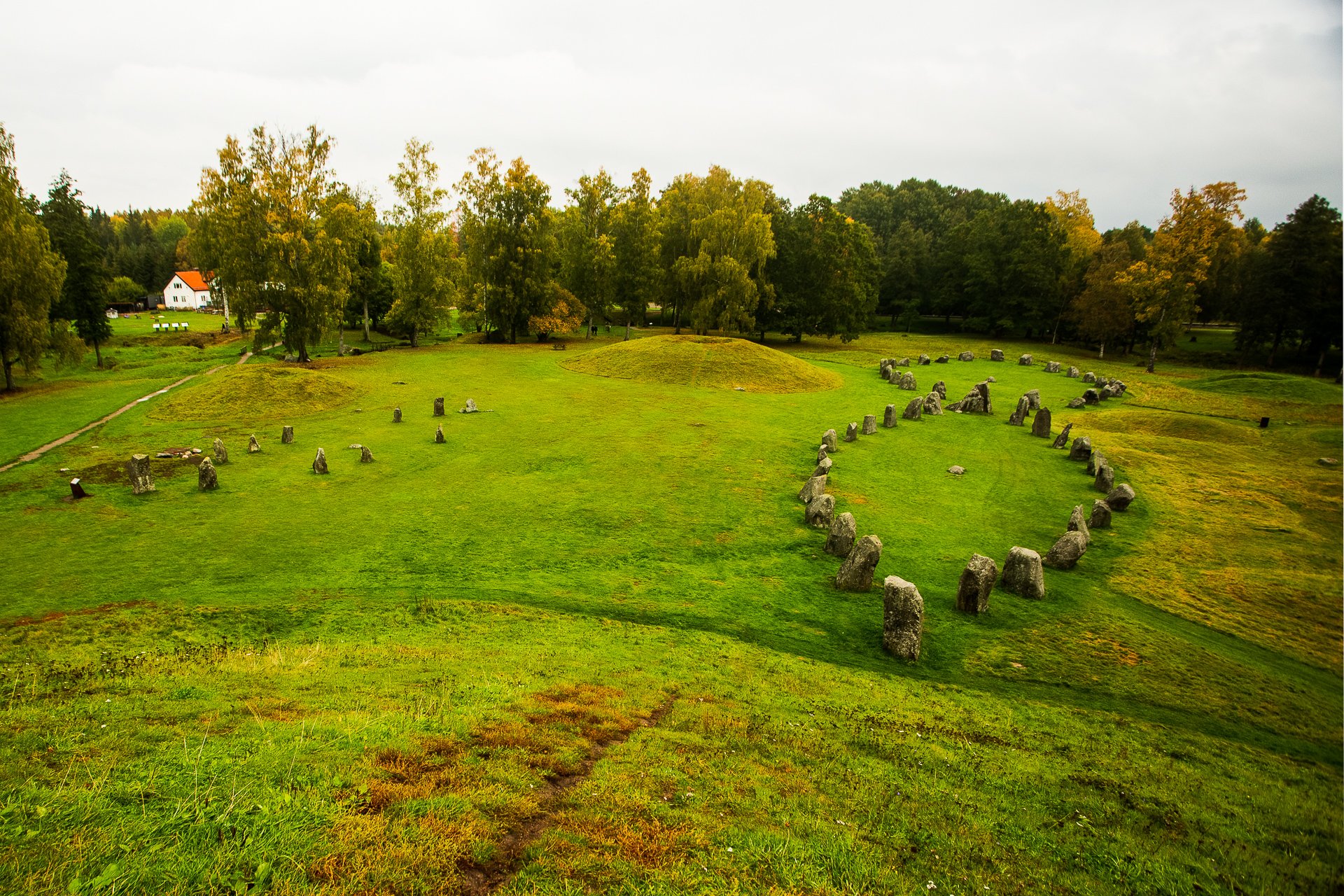
Västmanland
Västmanland County is a county or län in central Sweden. It borders to the counties of Södermanland, Örebro, Gävleborg, Dalarna and Uppsala. The county also has a stretch of shoreline towards Mälaren.
-

Västra Götaland
Västra Götaland County is a county or län on the western coast of Sweden. The county is the second largest of Sweden's counties and it is subdivided into 49 municipalities, most notably Göteborg.
-

Örebro
Örebro County is a county or län in central Sweden. It borders the counties of Västra Götaland, Värmland, Dalarna, Västmanland, Södermanland and Östergötland. It is frequently culturally divided into the hilly northern region of Bergslagen, where mining and metallurgic industry have been important since the Middle Ages, and the southern Mälardalen of lakes and farms
-

Östergötland
The province is known for its diverse landscapes, from the agricultural plains of the Östgöta Plain to the hilly northern parts dominated by forests. The Östergötland archipelago, with its numerous islands and islets, adds a unique charm to the region. The eastern part of the Göta Canal, a marvel of engineering, traverses the province, offering a scenic journey from the Baltic Sea at Mem to Lake Vättern at Motala.



